Lucy the Ape
The Lucy exhibit features one of the most famous fossils ever discovered—Australopithecus afarensis. Based on bones found in Ethiopia, secular museums worldwide have created hundreds of life-size models of this female primate. Lucy has been widely portrayed as the supreme example of a “missing link” between apes and humans.
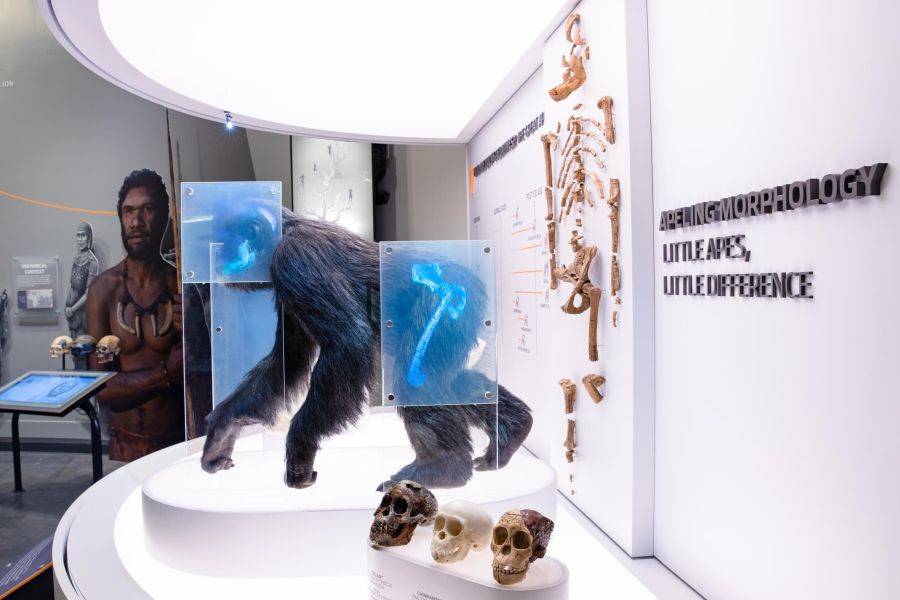
Same Evidence, Two Different Views
Even though Lucy is fairly complete for a mammal fossil (47 of 207 bones found), the bones are mostly small fragments with many pieces missing. That means scientists had to reconstruct the skeleton according to their preexisting beliefs about the fossil as to whether Lucy was an ape, human, or ape-man.
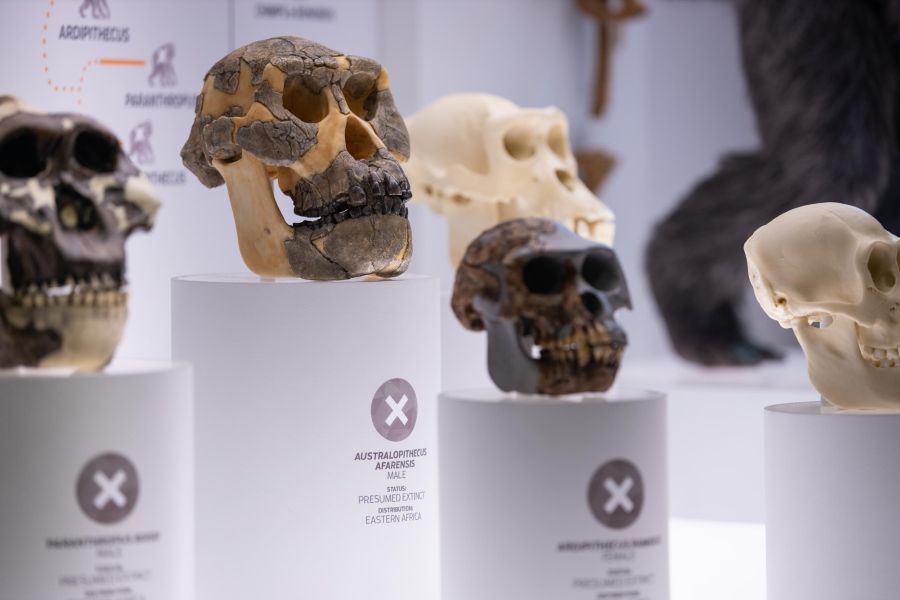
What Do The Bones Tell Us
Teeth have thicker enamel than teeth of most modern apes.
Mandible (lower jaw) resembles that of a gorilla.
Pelvis angle wouldn’t have permitted Lucy to walk completely like a human.
Interpretations of Evidence
Museum exhibit designers found well over a hundred different evolutionist interpretations of Lucy—everything from perfectly ape-looking to almost human. Several were created following the very best methods of forensic reconstruction, but even they looked nothing like each other.
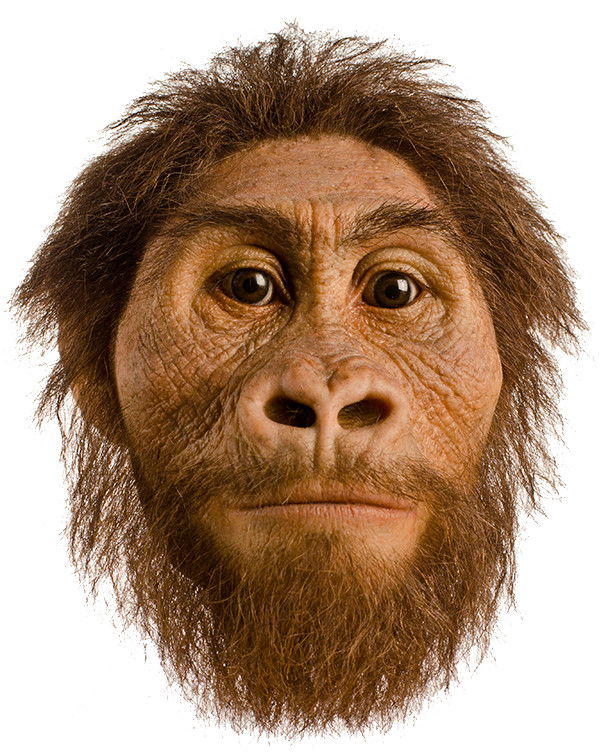
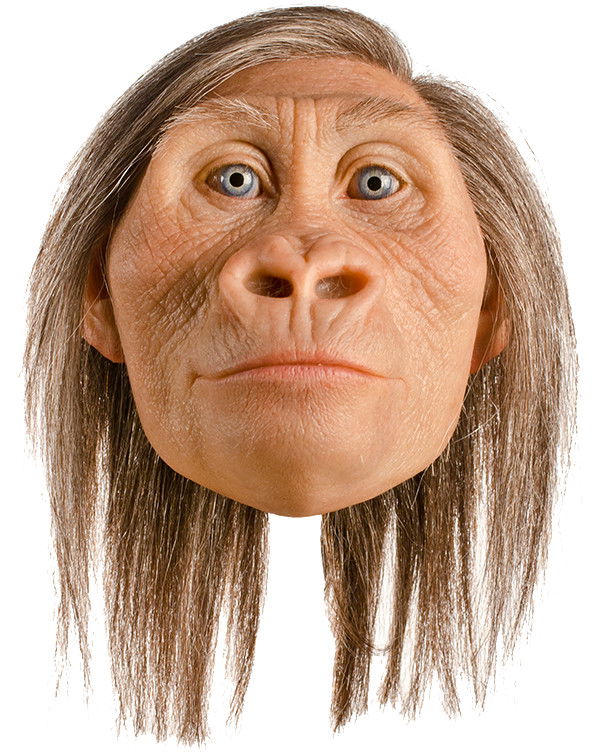
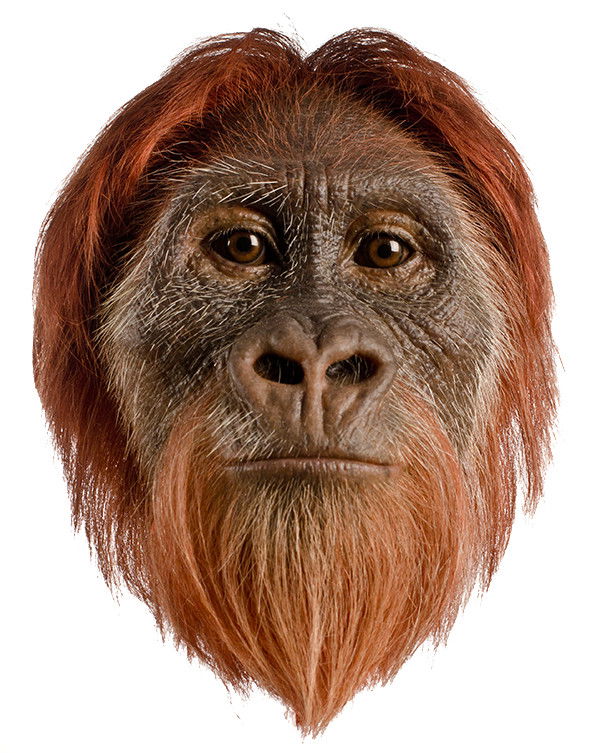
God’s Word Gives Us Answers
The exhibit is about Lucy the ape, but it communicates much more than that: Christians need to trust God’s Word as their final authority.